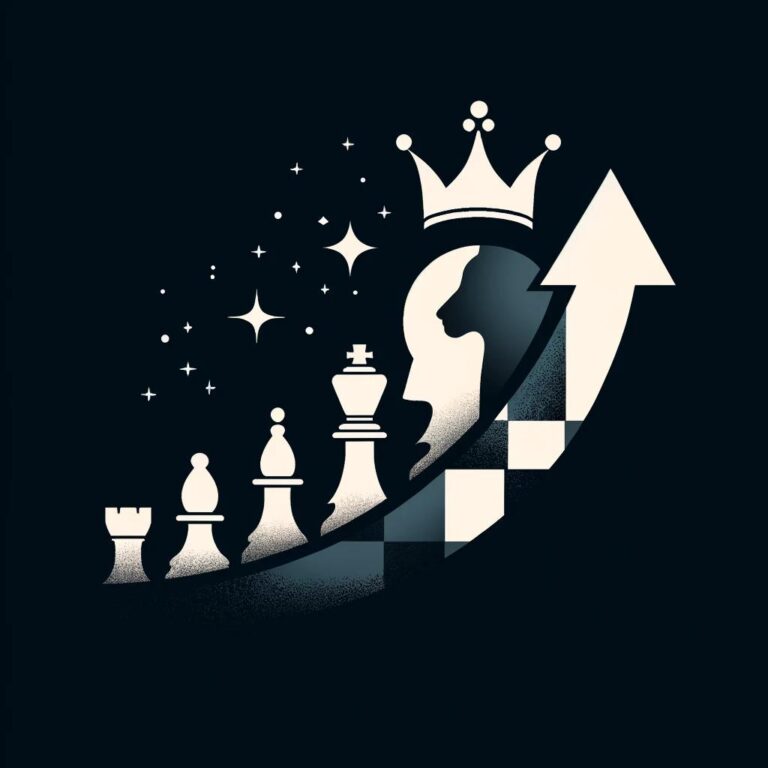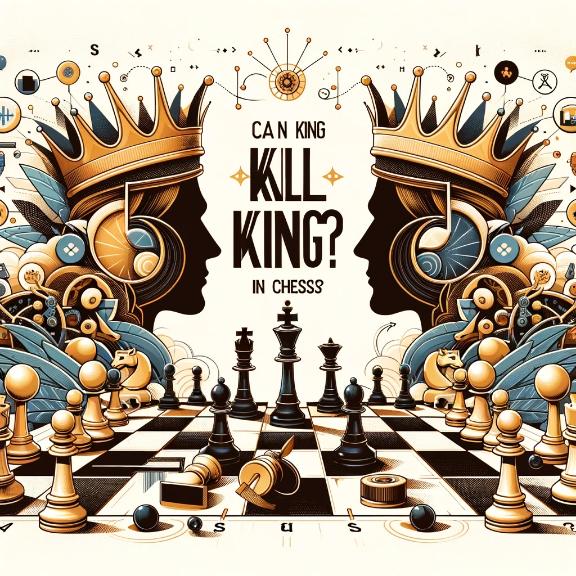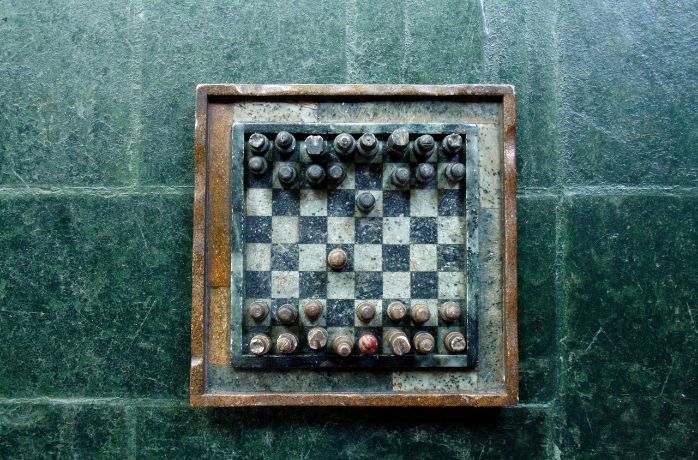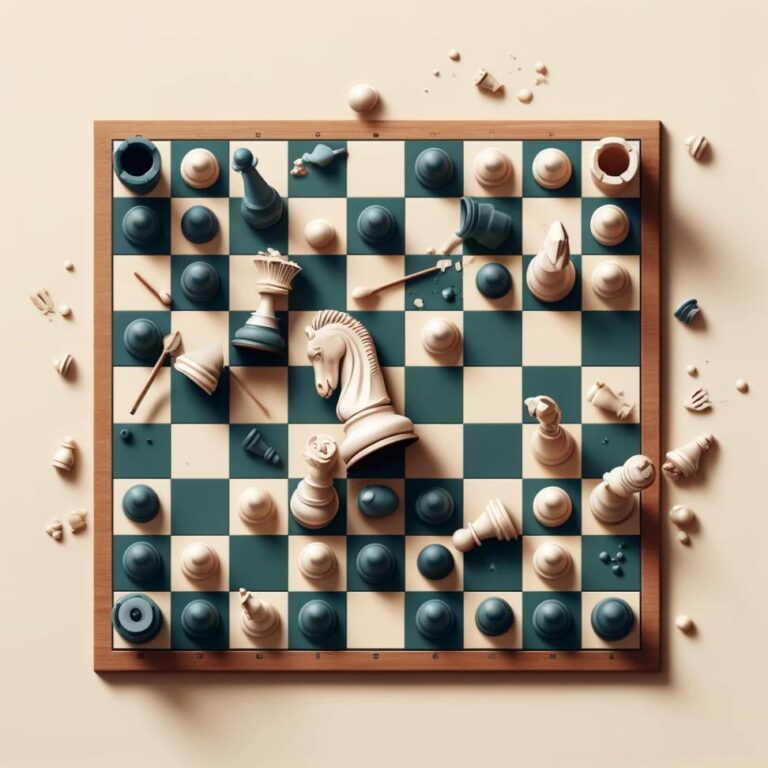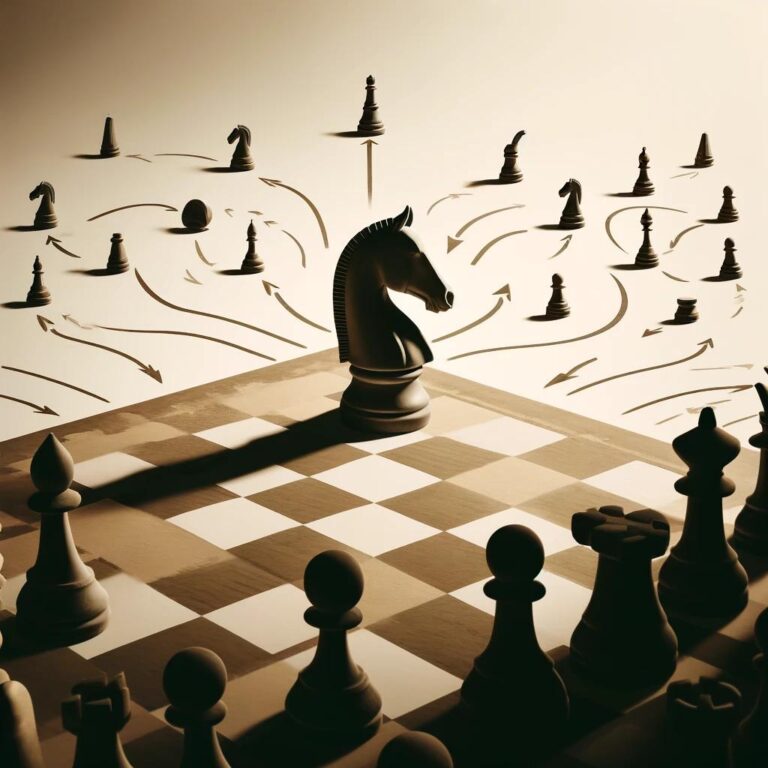When exploring the rich tapestry of chess history, one often encounters the question: What is the Islamic version of chess? The answer lies in the game of Shatranj, an ancient chess-like game that flourished in the Islamic world after chess’s journey from its Indian origins. Shatranj not only serves as a bridge between Chaturanga, the ancient Indian game considered chess’s precursor, and the modern game we know today but also reflects the cultural and intellectual vibrancy of the Islamic Golden Age. This article delves into Shatranj, highlighting its rules, historical significance, and enduring legacy in the realm of chess.
Shatranj: The Islamic Chess
Shatranj’s journey into the Islamic world began around the 7th century through the cultural exchanges with the Persian Sassanian Empire, where the game evolved from the Indian Chaturanga. As the Islamic Empire expanded, Shatranj spread across the Middle East, North Africa, and eventually into Europe, laying the groundwork for the chess we play today.
Understanding the Rules of Shatranj
Shatranj is played on an 8×8 board, mirroring the modern chessboard, with the primary goal of checkmating the opponent’s king. However, the pieces in Shatranj bear historical names and move differently, offering a unique strategic experience:
- Shah (King): The king moves one square in any direction.
- Firzan (Counselor): An early version of the queen, moving one square diagonally.
- Faras (Knight): Similar to the modern knight, moving in an L-shape.
- Rukh (Rook): Moves vertically or horizontally across the board.
- Fil (Elephant): The precursor to the bishop, moving two squares diagonally with the ability to leap over intervening pieces.
- Baidaq (Pawn): Moves forward one square, with the initial two-square move and en passant absent in Shatranj.
The Cultural Impact of Shatranj
Shatranj was more than a game; it was a reflection of the intellectual and cultural pursuits of the Islamic world. The game was deeply embedded in the literary and philosophical works of the time, symbolizing strategy, foresight, and the complexities of life. It also played a crucial role in diplomatic relations and was often used as a metaphor for the battle of wits in political and military strategy.
Shatranj’s Legacy
While Shatranj gradually evolved into the modern game of chess, its influence is undeniable. It introduced strategic concepts and pieces that have persisted through centuries, adapting and evolving but always retaining the core essence of the game. Shatranj not only contributed to the development of chess but also served as a cultural bridge, connecting various civilizations through the universal language of strategy and competition.
FAQ: Shatranj and the Islamic Influence on Chess
What Is the Islamic Version of Chess?
The Islamic version of chess is known as Shatranj, a game that evolved from the ancient Indian game Chaturanga. Shatranj became popular in the Islamic world after the spread of chess to Persia, incorporating unique rules and pieces reflective of its cultural context.
How Does Shatranj Differ From Modern Chess?
Shatranj differs from modern chess in several ways, including piece movements and objectives. Notable differences include the Firzan (Counselor) moving only one square diagonally and the Fil (Elephant) leaping two squares diagonally, unlike their modern counterparts, the queen and bishop.
When Did Shatranj Originate?
Shatranj originated around the 7th century, following the spread of chess from India to Persia. It gained popularity across the Islamic world and played a significant role in the cultural and intellectual life of the empire.
What Are the Main Pieces Used in Shatranj?
The main pieces in Shatranj include the Shah (King), Firzan (Counselor), Faras (Knight), Rukh (Rook), Fil (Elephant), and Baidaq (Pawn). Each has specific movements and roles similar yet distinct from those in modern chess.
How Did Shatranj Influence Modern Chess?
Shatranj significantly influenced modern chess by serving as a transitional form of the game from its Indian origins to the version played globally today. Many of the strategic concepts and some piece movements in modern chess can be traced back to Shatranj.
Is Shatranj Still Played Today?
While Shatranj is not widely played in its original form today, it remains a subject of historical and cultural interest among chess historians and enthusiasts. It is occasionally played for demonstration purposes and studied to understand the evolution of chess.
What Was the Cultural Significance of Shatranj in the Islamic World?
Shatranj held considerable cultural significance in the Islamic world, symbolizing intellectual prowess and strategic thinking. It was a common pastime among nobility and scholars, and it featured prominently in literature, art, and education of the time.
Conclusion
The Islamic version of chess, Shatranj, is a fascinating chapter in the history of chess, embodying the game’s evolution and the rich cultural exchanges that shaped it. Understanding Shatranj offers insight into the historical depth of chess and its significance beyond just a board game, reflecting the intellectual, cultural, and strategic dimensions of the societies that nurtured it.


